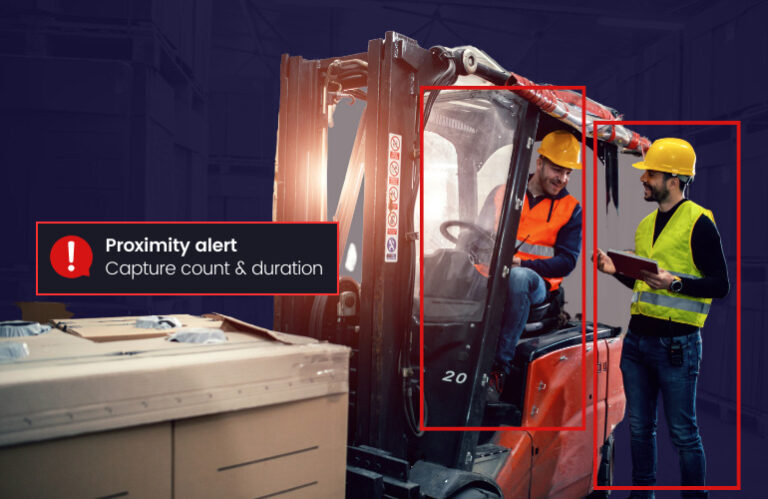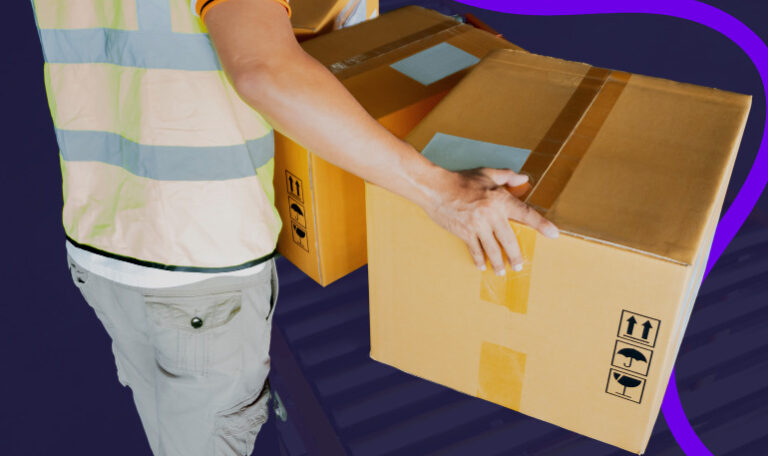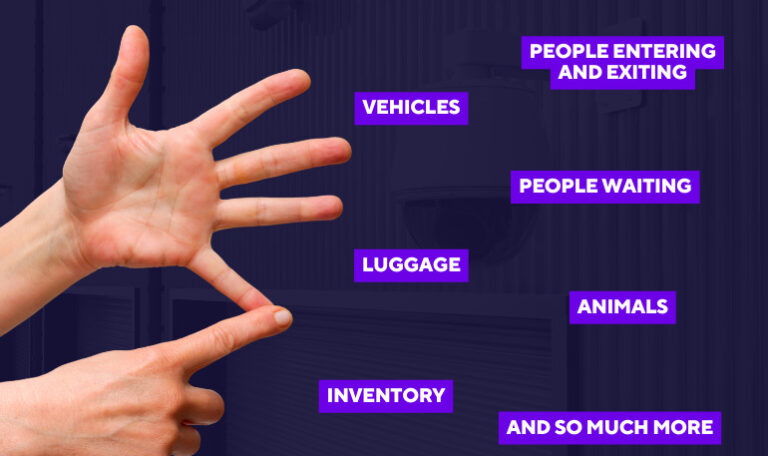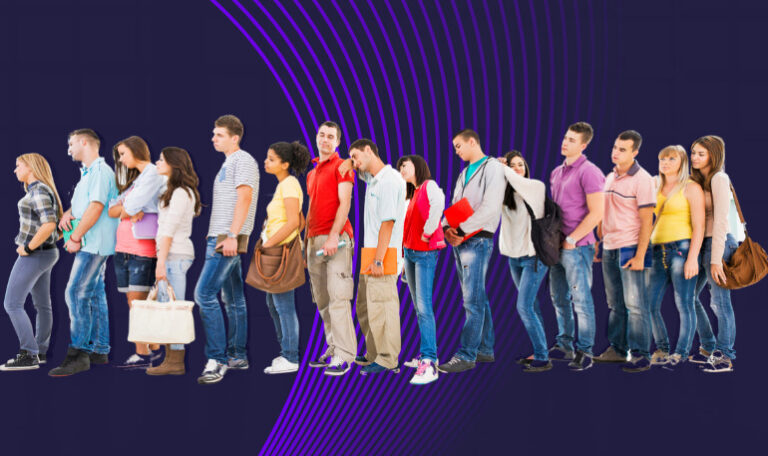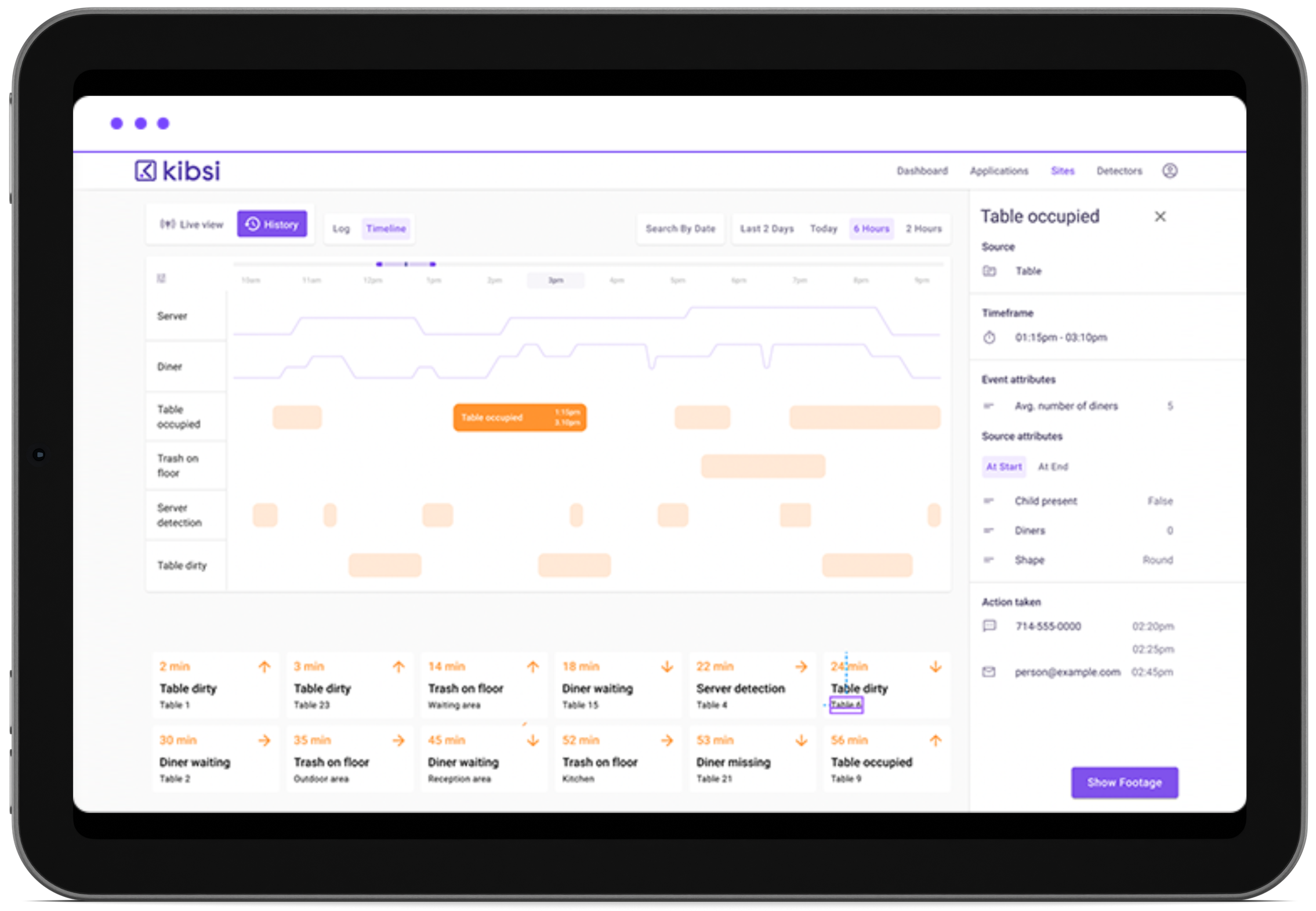The world moves at breakneck speed, and technology is always racing to keep up. Today, we’re going to shine the spotlight on one such tech superhero that often works behind the scenes, yet plays a starring role in our safety, efficiency, and overall experience. Welcome to the world of proximity analysis using computer vision.
Proximity in Focus: What it Is and How it Works
At its core, proximity analysis with computer vision is akin to an advanced surveillance system, capable of identifying objects and accurately assessing the distance between them. It mirrors the human ability to gauge distance and proximity, but unlike us, this digital ‘watcher’ can function tirelessly in any environment, whether it’s a crowded retail store, a hectic airport, or a serene zoo enclosure. Its job is to monitor, track, and evaluate interactions that may ordinarily escape the human eye.
But how does this sophisticated technology operate? The principle is based on two key concepts: ‘Fixed to Variable’ proximity and ‘Variable to Variable’ proximity. The first is concerned with tracking moving objects around a stationary object – think of a pedestrian approaching a building. The second, which we will delve into in this blog, focuses on interactions between two moving objects, such as a customer and a store employee, or two forklifts in a warehouse.
The Importance of Being Proximate
Why does this matter? Imagine a retail manager trying to figure out if customers can find what they need quickly. Or a hospital administrator needing to know if the nurses are spending enough time with each patient. Maybe a zookeeper wants to understand if the new zebra is getting along with the rest of the herd. Proximity analysis answers these and countless other questions. It helps us understand behavior, streamline operations, ensure safety, and ultimately create better experiences for everyone involved.
Spotlight on Variable-to-Variable Proximity Analysis
Now, let’s take a closer look at the ‘Variable-to-Variable’ proximity analysis. Imagine two people strolling down a corridor who pause to converse, or a traveler navigating an airport with their suitcase. The proximity system tracks these dynamic entities, assessing when they are near each other, the closeness of their interaction, and the duration of their interaction. It’s akin to observing a ballet from a bird’s eye view, recording patterns, movements, and interactions. This function, crucial in multi-object tracking in computer vision, provides a new layer of actionable insights for businesses and organizations.
Proximity Analysis Across Industries
The power of proximity analysis is being harnessed in many sectors, transforming operations and contributing to safety, efficiency, and overall satisfaction. Here are just a few examples of its real-world applications:
- Healthcare: The care quotient in healthcare institutions is greatly enhanced with Kibsi’s technology. Our system can meticulously track the interactions between patients and caregivers, providing valuable insights into care quality. This allows hospitals to measure the time caregivers spend with patients and how many interactions they have. Such insights can ensure patients are receiving the attention they need, leading to improved patient care and higher satisfaction ratings.
- Manufacturing: In the field of manufacturing, safety is paramount. Kibsi’s proximity detection technology aids in creating safer environments by alerting when a potential safety issue is detected, like a forklift getting too close to a worker. This real-time alerting system can prevent accidents before they occur, making the workplace safer for everyone.
- Retail and Restaurants: Kibsi’s technology plays a significant role in improving business operations and customer experiences. By monitoring the size of customer groups, their interactions with staff, and the time spent at checkout, Kibsi can provide crucial data to help manage staffing, reduce wait times, and enhance overall customer experiences.
- Zoos: Proximity analysis isn’t limited to humans. In zoos, Kibsi can analyze the interactions of different animals. By assessing how much time animals spend together, zookeepers can gain deeper insights into animal behavior, aiding better animal care and more efficient enclosure management.
- Transportation Hubs: Security at transportation hubs like airports and bus stations can be ramped up using Kibsi’s proximity analysis technology. Our system can monitor luggage and send an alert if a bag seems to be left unattended, significantly enhancing security and minimizing potential risks.
- Venues: At crowded venues like amusement parks or music festivals, Kibsi can be the unseen sentinel ensuring child safety. By monitoring a lost child’s proximity to other adults, Kibsi can help security teams respond swiftly, providing an additional layer of safety for event organizers and parents.
These examples merely scratch the surface of how proximity analysis, powered by Kibsi’s computer vision technology, can be leveraged across industries. Whether it’s improving patient care, ensuring workplace safety, enhancing customer experience, or maintaining security, the applications of this technology are boundless.
Unleashing Proximity Power with Kibsi
Kibsi is not just another software; it’s your eyes and ears in the field. Our system is designed to supercharge your operations, bringing the power of proximity analysis to your fingertips. With Kibsi’s video-based computer vision technology, seemingly ordinary video feeds transform into a treasure trove of structured data. This data, infused with insights gleaned from proximity analysis, gives you an unparalleled understanding of your operations.
At its core, Kibsi does more than just observe – it interprets and provides insights, taking raw data and transforming it into information that you can use to make intelligent decisions, boost efficiency, improve safety, and elevate the customer experience. It’s like having an extra pair of eyes that never sleep, continuously monitoring, analyzing, and learning from the environment.
Wrapping Up
Proximity analysis with computer vision isn’t just about data or technology. It’s about understanding and improving the interactions that make our world turn. So, whether you’re in healthcare, manufacturing, retail, or any other sector, it’s time to see how Kibsi can help you navigate the dance of proximity and discover the insights that matter.
Experience the future of proximity analysis with Kibsi. Contact us to learn more and unlock the power of computer vision for your operations.


